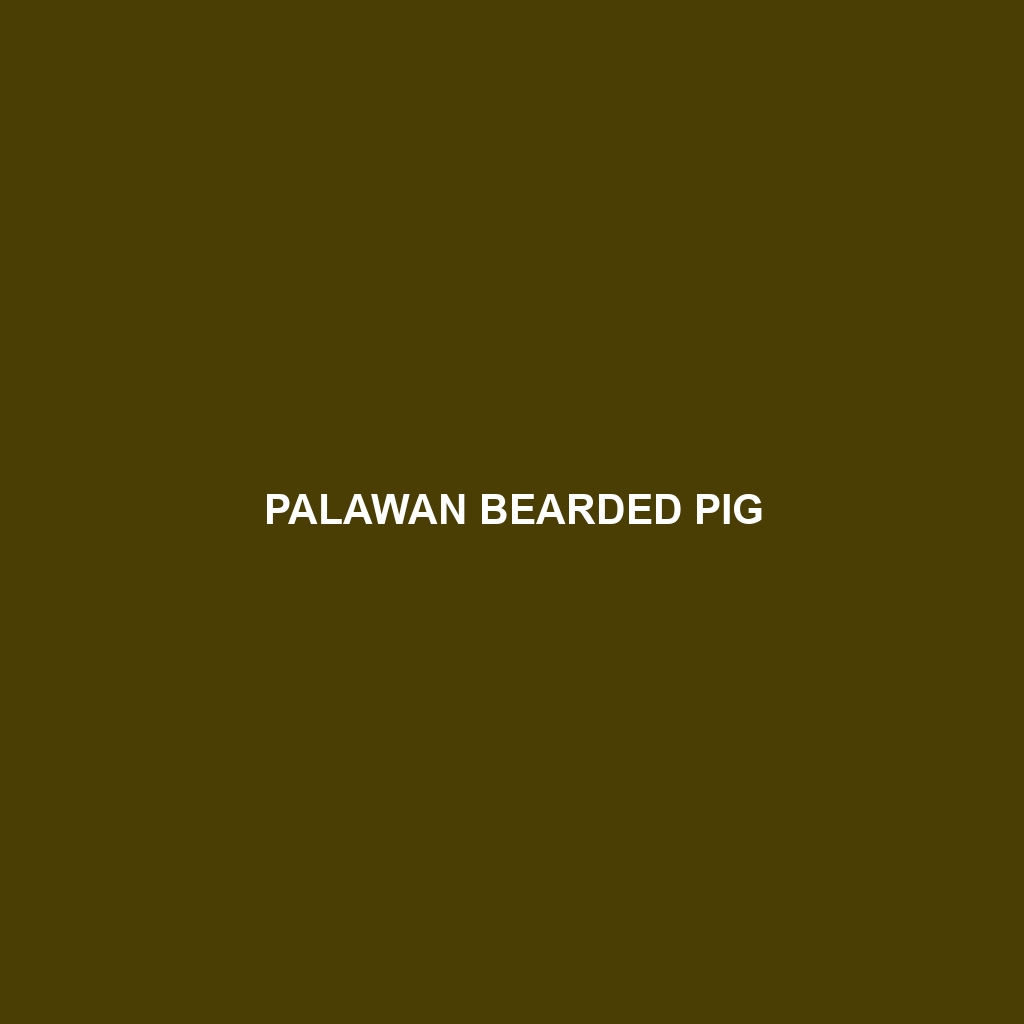Red River Hog
Common Name: Red River Hog
Scientific Name: Potamochoerus porcus
Habitat
The Red River Hog is primarily found in the dense forests and wet savannas of West and Central Africa. This species prefers regions with abundant vegetation, such as swamps and areas close to water sources, which provide shelter and access to food. Key countries where the Red River Hog resides include Cameroon, Gabon, Congo, and parts of Angola.
Physical Characteristics
Red River Hogs are medium-sized pigs, typically measuring between 90 to 150 cm in length and weighing between 50 to 150 kg. They are characterized by their striking reddish-brown fur, which serves as camouflage in their natural habitat. Their distinct features include long, floppy ears, a narrow snout, and white facial markings that create a unique facial pattern. Males are usually larger than females and possess prominent tusks that can grow to about 20 cm long.
Behavior
Red River Hogs are primarily nocturnal creatures, making them more active during the night. They are known for their social behavior, often forming groups called sounders, typically consisting of females and their young. Males tend to be solitary, joining the group only during mating season. They are also very agile, capable of running swiftly through dense underbrush, which aids in evading predators.
Diet
The diet of the Red River Hog consists mainly of roots, tubers, fruits, and various plant materials, which they forage for in the undergrowth. They are omnivorous and will also consume insects and small animals when available. Their keen sense of smell plays a crucial role in locating food sources within their habitat.
Reproduction
Red River Hogs have a gestation period of approximately 120 days, after which females typically give birth to litters of 2 to 6 piglets. The breeding season can vary based on environmental conditions, but generally occurs year-round. Mothers are very protective of their young, and piglets are weaned by the age of about 10 weeks.
Conservation Status
Currently, the Red River Hog is listed as Least Concern by the IUCN Red List; however, its populations are threatened by habitat destruction and hunting. Conservation efforts are vital to ensure their habitats are preserved, especially in regions where agriculture and urban development are on the rise.
Interesting Facts
One fascinating fact about the Red River Hog is that it possesses several adaptations for its forested environment, including its ability to swim proficiently. Their social structure and communication skills are also noteworthy, allowing them to express a range of calls to signal alerts or communicate with one another.
Role in Ecosystem
The Red River Hog plays an important role in its ecosystem as a seed disperser and an herbivore. By foraging through the underbrush, they help to maintain plant diversity and promote healthy forest growth. Their interactions with other species, such as predators and competing herbivores, contribute to the dynamics of their habitat, making them an integral part of the African forest ecosystem.
